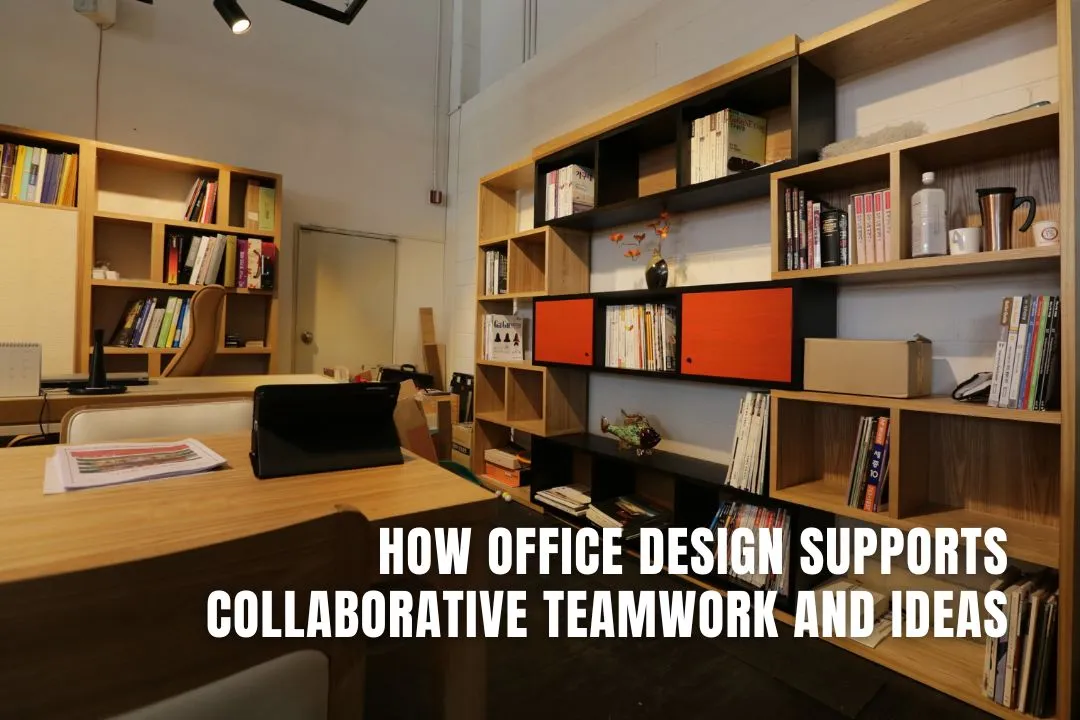
In today's evolving workplace, office design plays a crucial role in fostering collaboration and inspiring creativity. The right office layout and design can directly influence how teams work together, share ideas, and engage in productive discussions.
Whether you're an established company or a start-up, creating the right environment can be a game-changer for your team's success. Read on to find out how office design supports collaborative teamwork and innovative ideas.
Office design is more than just aesthetics, it's a vital tool for boosting collaboration. Thoughtfully planned spaces enable employees to connect, communicate, and share ideas seamlessly. With CCWS’ expertise in office design, teams can experience the benefits of spaces designed for creativity and interaction.
A flexible office layout allows employees to move between different types of workspaces. These layouts often feature open-plan areas, meeting rooms, and private spaces, all designed to meet the diverse needs of modern teams. For example:
These flexible environments allow teams to collaborate effectively while also having areas where they can work independently when needed.
In response to evolving work patterns, such as hybrid and remote work, office design must be adaptable. Today, employees need both collaborative areas and quiet spaces for focused work. A hybrid model often requires:
These design elements ensure that both in-office and remote employees can connect, communicate, and contribute equally, fostering a sense of inclusion and shared purpose.
To stimulate creativity and the generation of fresh ideas, office spaces should include areas designed for informal conversations and brainstorming. Comfortable, relaxed environments with vibrant colours, comfortable seating, and flexible furniture arrangements can help spark creativity and foster a sense of community among team members.
To support teamwork and idea-sharing, consider integrating these key features into your office design:
Effective office design does more than just improve aesthetics, it directly supports collaborative teamwork and enhances the flow of ideas within teams. By creating an environment that prioritises flexibility, creativity, and inclusivity, companies can boost both productivity and employee engagement. Thoughtful office layouts foster better communication, encourage innovation, and create a positive atmosphere that drives success and team satisfaction.